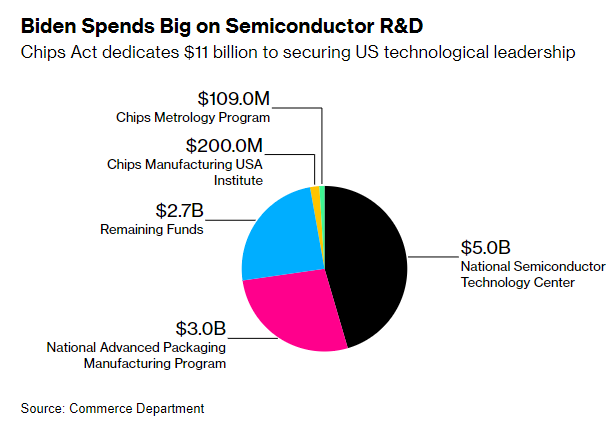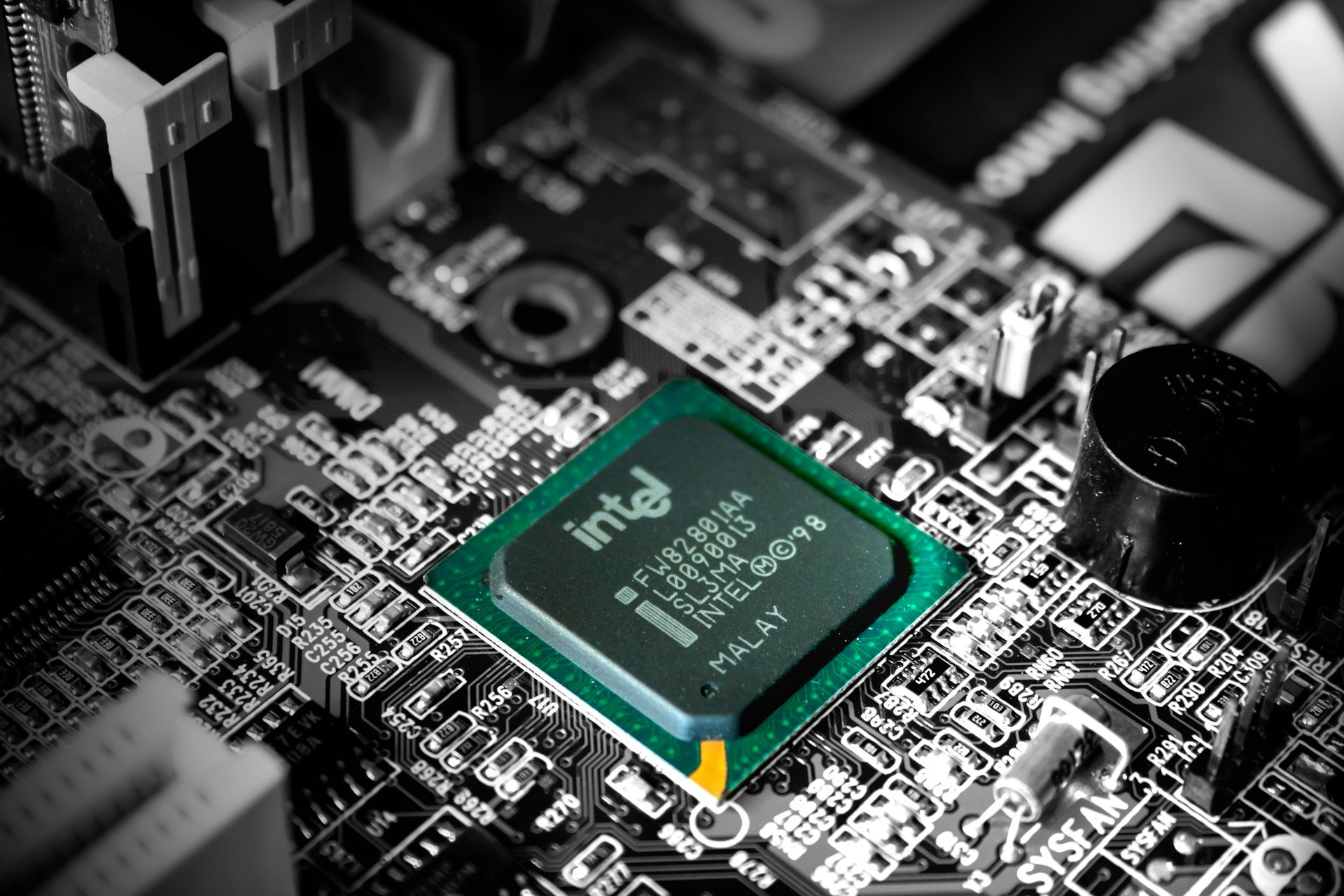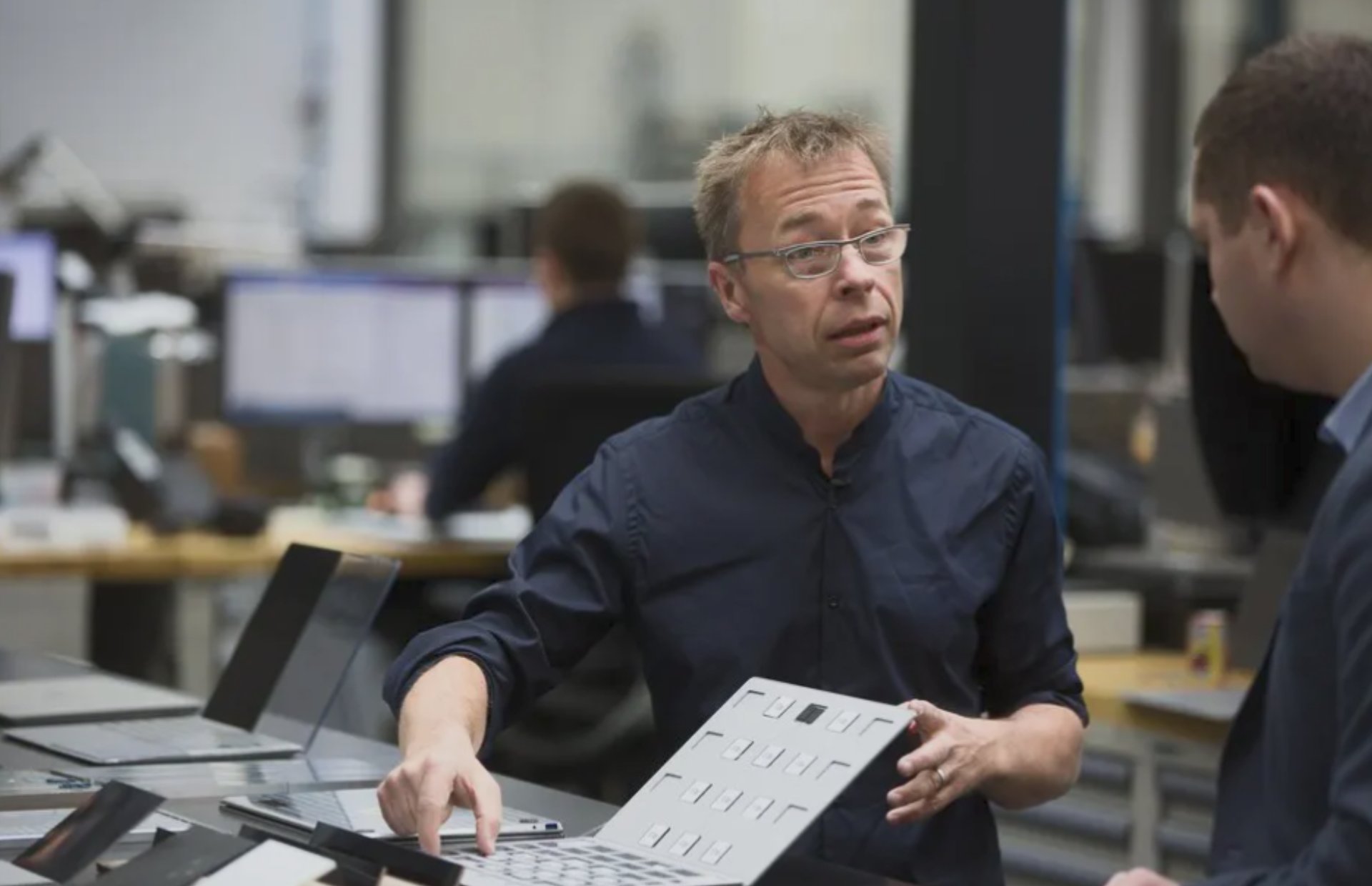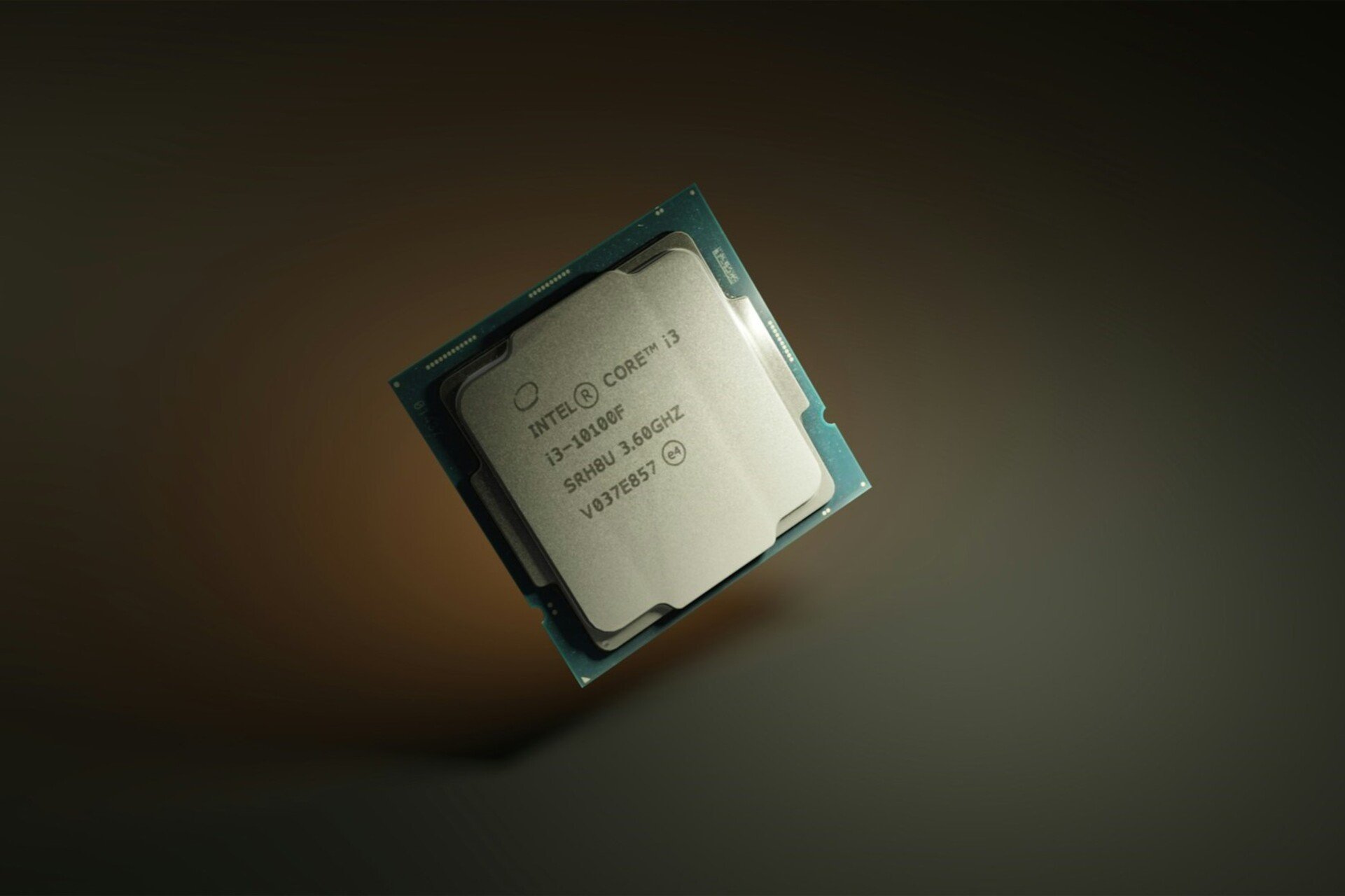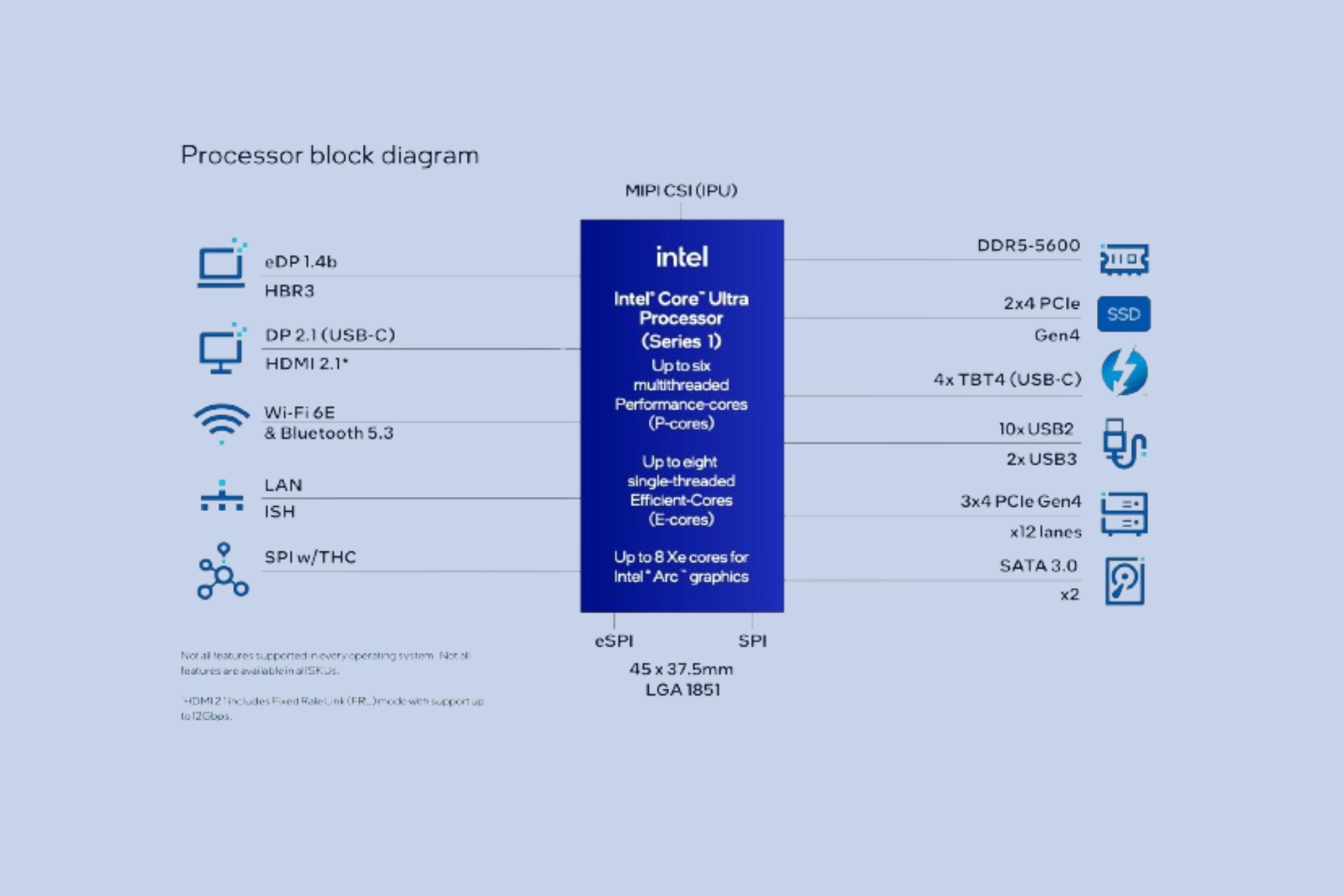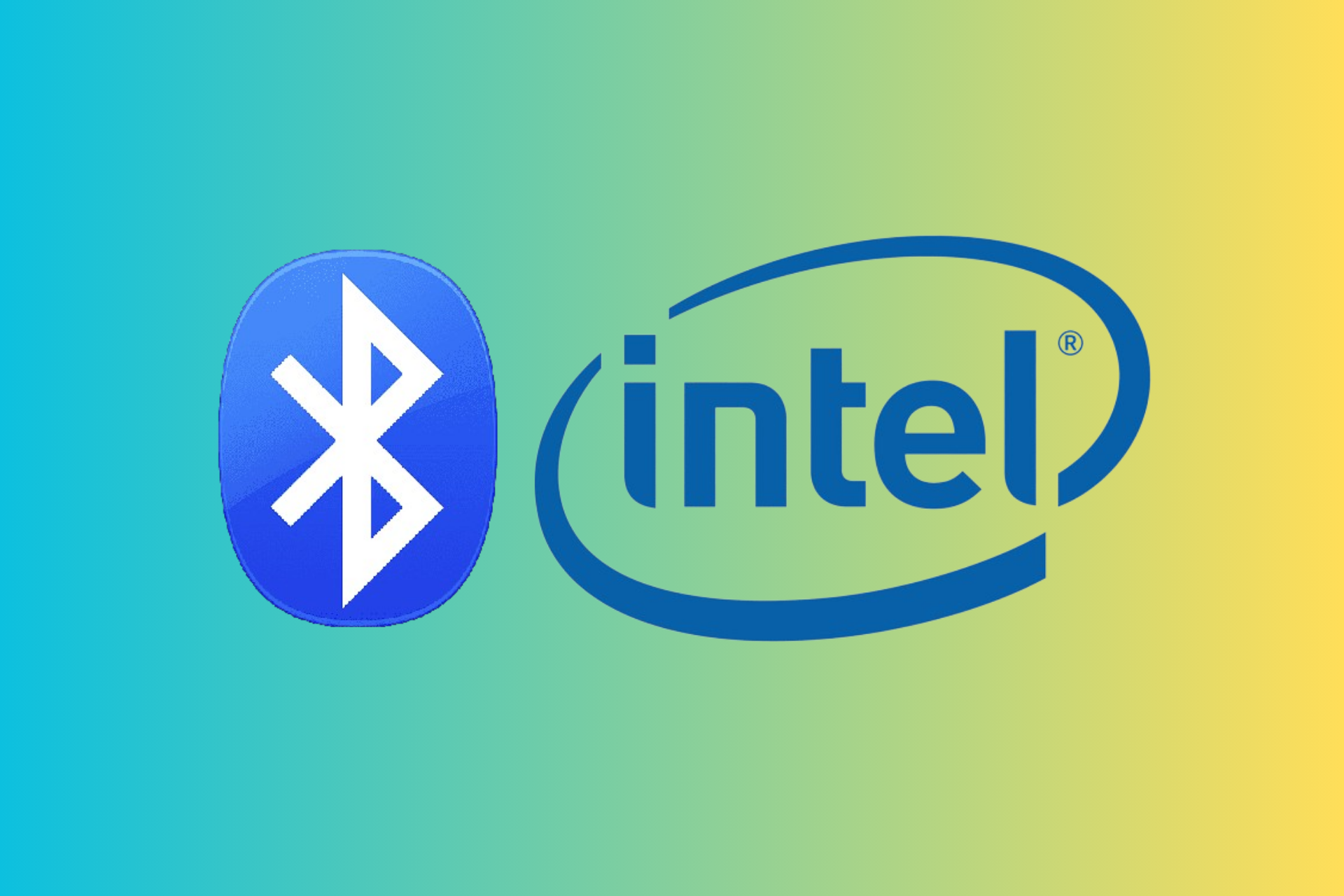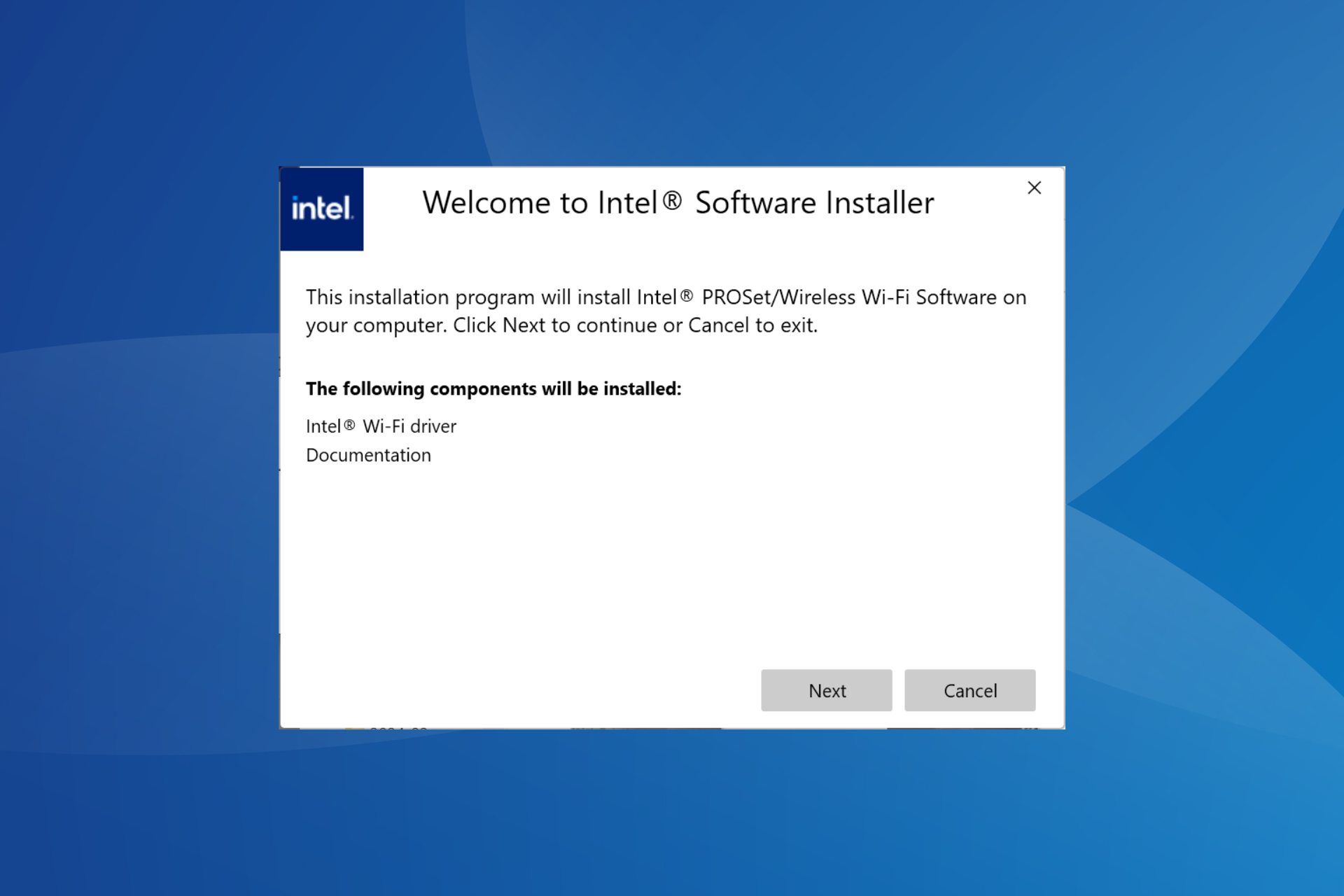Biden announced $11 billion investment in R&D centers to fuel semiconductor research & beat China at it
First, they have to face a few challenges like insufficient funds
5 min. read
Published on
Read our disclosure page to find out how can you help Windows Report sustain the editorial team Read more

In a move to strengthen America’s semiconductor industry, the Biden administration has announced an enormous $11 billion investment in research and development (R&D) centers devoted to advancing chip technology.
What’s behind Biden’s $11 billion investment in semiconductor research?
This initiative is part of the 2022 Chips and Science Act, which aims to propel the United States to the forefront of semiconductor innovation while addressing economic competitiveness and national security concerns.
Promoting advanced semiconductor research complements the idea of domestic chip manufacturing.
The Commerce Department intends to use the investment to speed up the breakthrough process in semiconductor science and technology, making the US a global leader.
A significant part of the funding will be given to the National Semiconductor Technology Center (NSTC), which is a shared attempt to bring government agencies, academia, industry leaders, and other stakeholders together.
This collaboration aims to speed up innovation, diminish barriers to participation in semiconductor R&D, become a global leader, and cultivate a skilled workforce. The process involves everything from developing new strategies to better measurement techniques for microelectronic materials and more.
Deirdre Hanford, CEO of the NSTC, mentioned:
We need to find out ways to make it easier for people to get into chip design in this country, rather than developing yet another app or yet another piece of AI software. The administration, she said, is trying to build the economy and generate innovation.
The NSTC and National Advanced Packaging Manufacturing Program received funding from the Chips Act.
The Research and development push in semiconductors is not new; it predates the pandemic and is distinct from $39 billion in production incentives for companies like Intel Corp and Taiwan Semiconductor Manufacturing Co.
Daniel Berger, associate director of Commerce’s packaging effort, said:
Those grants are just the first step toward keeping America’s chip economy healthy. The R&D program, which I’m part of, is to sustain it, keep it here,
The Commerce Department has enough funding to initiate various projects with a focus on metrology, which includes the precise measurement of semiconductor components.
Furthermore, officials are planning to establish a piloting facility with the aim of facilitating the transition of new packaging technologies to large-scale production and programs for workforce development.
In addition, a $200 million investment will establish a manufacturing institute dedicated to digital twining (the creation of virtual models of physical components). According to a Commerce official, funding applications for that institute will soon be open.
What concerns do industry and academic groups have about the Commerce Department’s patent control plan?
Industry leaders and academic groups are expressing concerns that the Commerce Department’s current approach may accidentally hinder their objectives.
To be more specific, they are afraid of the new guidance, which could give the federal government power to assert control over patents developed using taxpayers’ money.
This guidance will also empower them to license these inventions to another entity, a move that has sparked controversy within the community.
The framework known as the march-in policy, which was revealed in December, allows the federal government to intervene in patent ownership. There are fears that it could discourage private investment and collaboration in semiconductor R&D efforts.
The National Association of Manufacturers mentioned:
The draft policy will undermine interest in Chips Act R&D programs at a time when China has prioritized becoming a leader in the products and technologies of the future.
The National Venture Capital Association said:
VCs are questioning their involvement and investment in programs produced from your marquee legislation
Many others, including Duke University, Technology Councils of North America, and a foundation at Ohio State University, also shared these sentiments.
A representative for the Commerce Department said:
It has seen significant interest from industry and academia in securing Chips program funding and delivering on the goals of the Chips program, including adhering to public-funding requirements.
Why did the Commerce Department scrap plans for commercial R&D in semiconductors?
At the start, the Commerce Department aimed to bolster its $11 billion investment in semiconductor research with a different program for commercial R&D, using funds from a $39 billion manufacturing subsidy.
However, the plan was dismissed or put on hold when the Pentagon withdrew from the $2.5 billion agreement for military chips, resulting in Congress directing the Commerce Department to cover the shortfall.
That being so, officials chose to scrap the commercial R&D program due to constraints in Chips Act funding, which also discouraged Applied Materials Inc., and they are planning to reconsider investing in it.
California Governor Gavin Newsom and Senator Alex Padilla said:
Without robust support for commercial R&D, we risk our global leadership and ability to outpace our foreign competitors in the semiconductor industry. The $11 billion R&D fund cannot replace direct commercial investments.
The $11 billion investment in semiconductor research aims to bolster technological prowess and economic competitiveness in the country. However, the concerns over patent control and scrapped plans of commercial R&D are the challenges that they have to overcome to become the global leader in the field.
What do you think about this approach? Share your opinions with our readers in the comments section below.

